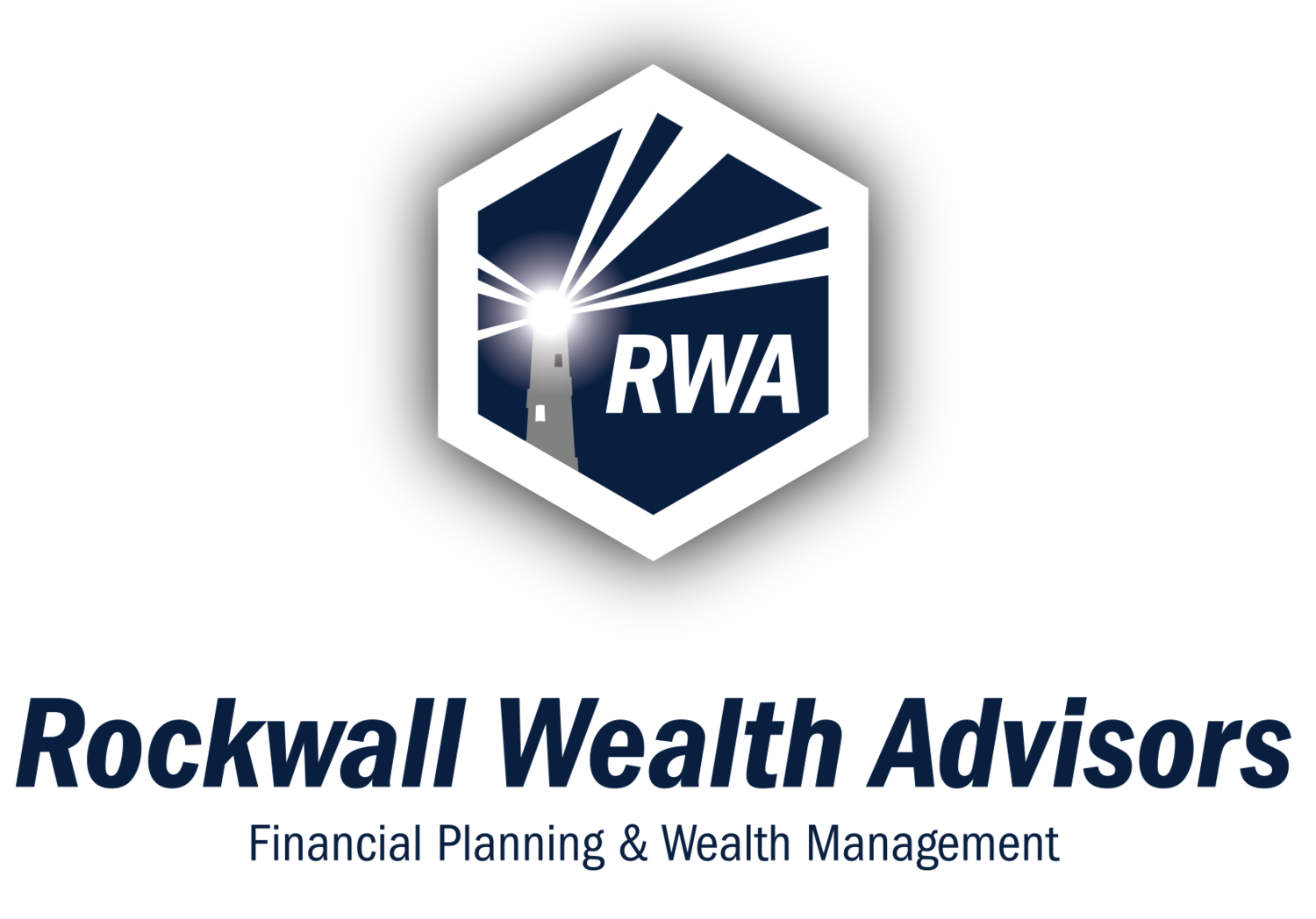Understanding the "step up" in basis when inheriting certain assets
Here is a Guest Post from Andy Panko, CFP®, RICP®, EA and Owner of Tenon Financial LLC
Enjoy.
Retirement Planning Happenings
Understanding the "step up" in basis when inheriting certain assets
When you die and leave non-qualified assets to your heirs, the assets get a step up in basis. Great, but what’s that mean???
“Non-qualified” assets are assets that aren’t qualified. So what’s qualified mean??? “Qualified” assets are those that have special tax treatment or deferral. For example, IRAs, Roth IRAs, Health Savings Accounts (“HSAs”) and employer retirement plans like 401(k)s, 403(b)s, 457s and the federal Thrift Savings Plan (“TSP”) are all qualified assets. Life insurance and annuities are also forms of qualified assets.
Non-qualified assets are basically everything. Most commonly this would be your house, any regular brokerage accounts you have, your bank accounts, your cars and the rest of your personal belongings.
Next, let’s talk about what basis is. “Basis” is ultimately just fancy tax speak for something’s cost. For example, if you bought a share of stock for $100, your basis in that share is $100. However, you can also add to your basis any trading commission you had to pay on the purchase. If you had to pay a $15 commission, your basis would be $115.
If you bought your house for $500,000, your basis would be $500,000. However, just like with the stock commission example, you can also add certain closing costs to your basis in your house. Additionally, you can add the cost of any improvements to your basis. As an example, if you paid $50,000 to redo your kitchen and $10,000 to add a fence around your yard, your basis would then be $560,000.
Basis is what’s used to determine the gain or loss on your non-qualified assets. And the gain or loss matters for purposes of taxation. Generally speaking, any time you sell a non-qualified asset for more than your basis, you have to pay tax on that gain.
There are exceptions in some cases, such as when selling your primary residence, as summarized in episode 71 of the Retirement Planning Education podcast. But for the most part, any non-qualified asset sold at a gain will be subject to income tax on that gain.
Therefore, if you sell assets that are appreciated (i.e. current value is more than its basis) during your life, you will likely need to pay tax on the gain.
However, if you instead die while owning appreciated assets and leave those assets to your heirs, the potentially taxable gain magically disappears thanks to something called the step up in basis.
Step up in basis simply means that your heirs’ basis in the inherited asset will be whatever the asset’s value was as of the date of your death (or, in some cases, the date that’s six months after the date of your death, if your executor chooses to use the “alternate valuation” date).
For example, assume you paid $50,000 for shares of stock decades ago. Now, those shares are worth $500,000. If you were to sell them, you’d have a taxable gain of $450,000…$500,000 - $50,000.
If you instead hold onto those shares until you pass and leave those shares to your heirs, all of that gain will go away!
Assume the shares were worth $500,000 on the day of your death. Your heirs would inherit those shares as if they paid $500,000 for them. In other words, the shares’ basis gets “stepped up” from $50,000 to $500,000 in the hands of your heirs.
Therefore, if/when your heirs eventually sell the shares, they’ll only have a taxable gain to the extent they sell them for more than $500,000. Or, conversely, they’d have a tax-reducing loss if they sell them for less than $500,000.
The step up in basis is an incredibly powerful tax and estate planning tool. However, there are some nuances, the details of which are beyond the scope of this newsletter.
For more information about step up in basis, check out episode 72 of the Retirement Planning Education podcast.

